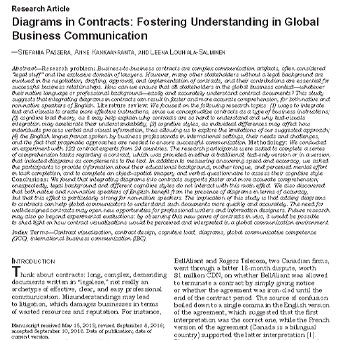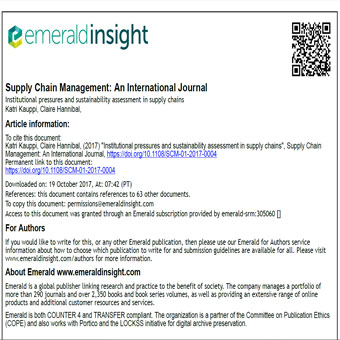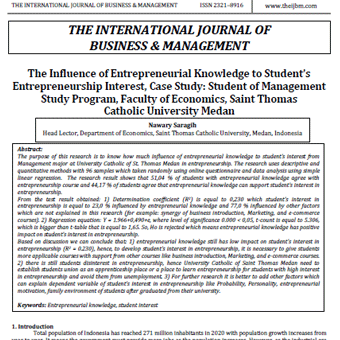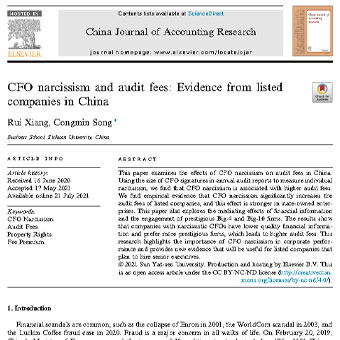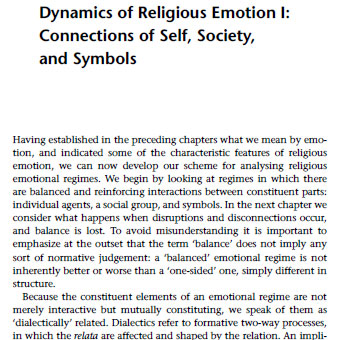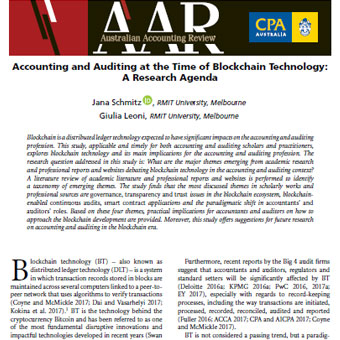عنوان فارسی مقاله:بررسی به کارگیری دیاگرام و گراف و نمودار در قراردادها به منظور تقویت مکاتبات و روابط در تجارت جهانی
چکیده
مسئلهی پژوهش: توافقنامهها و قراردادهای B2B ، روشهای ارتباطی مهم و پیشرفتهای میباشند و اغلب به صورت حوزهی حقوقی حقوق دانان در نظر گرفته میشوند. ولی بسیاری از این افراد بدون سابقه و زمینه حقوقی در مذاکره، تنظیم، پذیرش و پیاده سازی این قرار داد ها مشارکت میکنند و همکاری آنها برای برای بهبود روابط تجاری بسیار مهم محسوب میشود. سؤال این است که چگونه همهی طرفین در زمینه تجارت جهانی- فارغ از زبان مادری- میتوانند اسناد و گزارشات را به خوبی درک کنند ؟ بر طبق این مطالعه، استفاده از نمودارها در قرار دادها باعث درک صحیح افراد بومی و غیر بومی از نظر زبان شود. بررسی منابع: موارد زیر در این تحقیق بررسی شدند :الف: روشهای ترکیب نوشته و نمودار برای در اختیار گذاشتن راهنماییها و دستور العمل های بهتر، چرا که توافقنامهها یک راهنمای تجاری و کسب و کار محسوب میشوند. ب: نظریهی بار شناختی، زیرا به تشریح درک سخت بودن فرایندها و دلیل بهبود درک توسط تلفیق متن و تصاویر کمک میکند.۳- سبکهای شناختی، چرا که اختلافات فردی بر نحوهی پردازش اطلاعات کلامی و چشمی اثر دارد و موجب کشف و بررسی محدودیتهای روشهای پیشنهاد شده میشود.۴- زبان بین المللی و لهجههای مختلف انگلیسی به کار برده شده توسط محققان تجاری در زمینهی بین المللی، تقاضا و چالشهای آنها و این واقعیت که روشهای کاربردی برای اطمینان از ایجاد ارتباط لازم میباشد. مواد و روشها: در این مطالعه، از ۱۲۲ خبره و متخصص قرار داد از ۲۴ کشور استفاده شد. از این افراد پرسیده شد تا برخی پرسشنامههای مربوط به قرارداد را پر کنند، این پرسشنامهها در یک نسخه متنی و یک نسخه شامل نمودارها موجود در متن به آنها داده شد. در کنار سنجش سرعت و صحت، از پاسخگویان خواسته شد تا دادههایی را در مورد سابقه تحصیلی خود، زبان مادری و فرایند ذهنی ادراک شده در تکمیل تکالیف در اختیار بگذارند و در عین حال یک پرسش نامه کلامی و دیداری اشیای مکانی جهت سنجش سبک شناختی آنها تکمیل کنند.. نتیجه گیری: بر طبق نتایج، استفاده از گراف و دیاگرام در توافقنامهها باعث افزایش درک بهتر این قراردادها میشود. سابقه و زمینهی حقوقی و سبکهای شناختی مختلف ارتباطی با این اثر ندارند. نتایج نشان داد که هر دوی متکلمان بومی و غیر بومی زبان انگلیسی استفاده از نمودارها را مفید میدانند ولی این تأثیر به طور خاص در مورد افراد غیر بومی قدرتمندتر است(قراردادها به منظور تقویت مکاتبات).
- لینک دانلود فایل بلافاصله بعد از پرداخت وجه به نمایش در خواهد آمد.
- همچنین لینک دانلود به ایمیل شما ارسال خواهد شد به همین دلیل ایمیل خود را به دقت وارد نمایید.
- ممکن است ایمیل ارسالی به پوشه اسپم یا Bulk ایمیل شما ارسال شده باشد.
- در صورتی که به هر دلیلی موفق به دانلود فایل مورد نظر نشدید با ما تماس بگیرید.
 متن به فارسی | ترجمه مقالات و متون علمی | ترجمه و دانلود مقالات و انواع متون علمی و ادبی و پذیرش سفارش ترجمه
متن به فارسی | ترجمه مقالات و متون علمی | ترجمه و دانلود مقالات و انواع متون علمی و ادبی و پذیرش سفارش ترجمه
